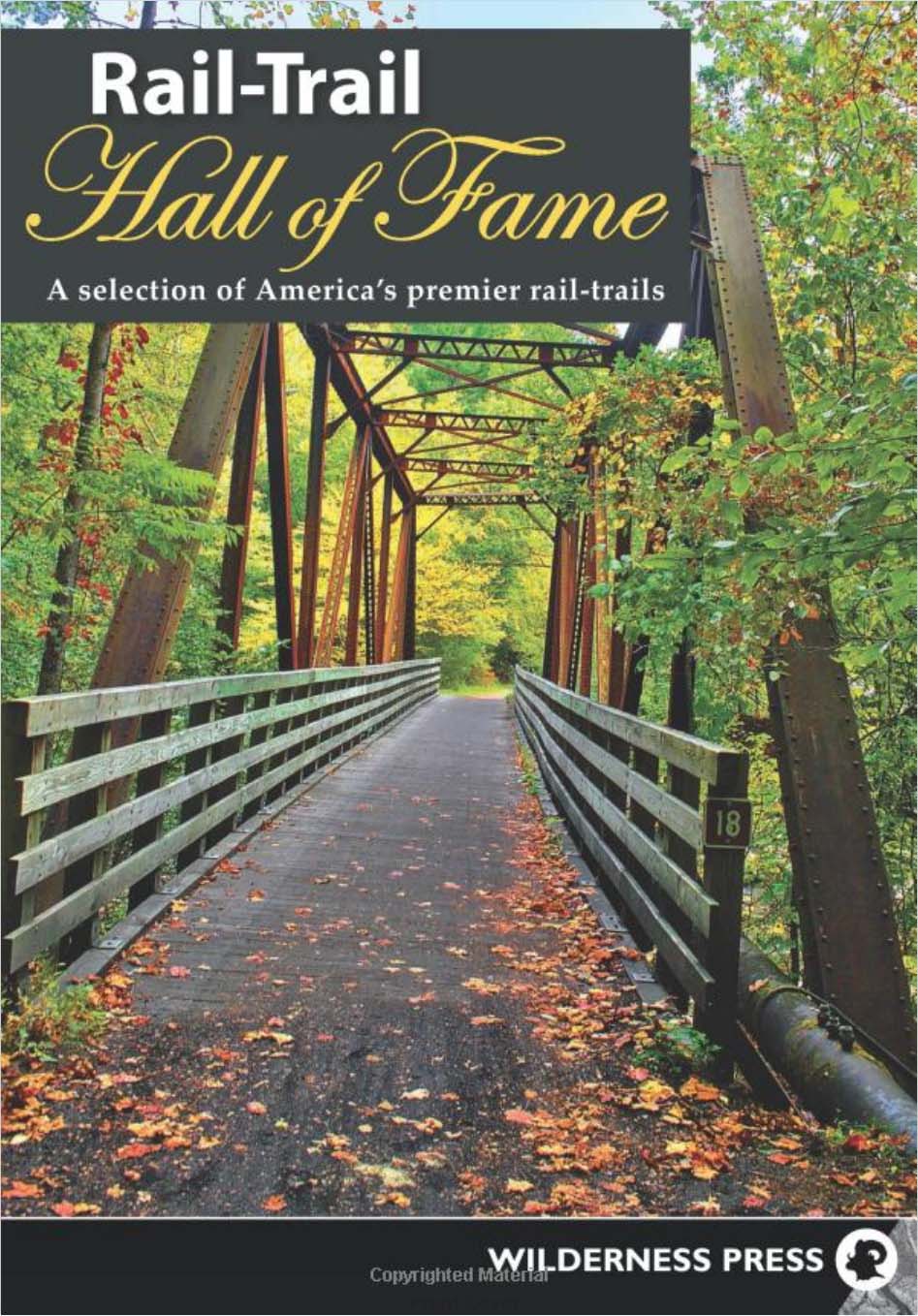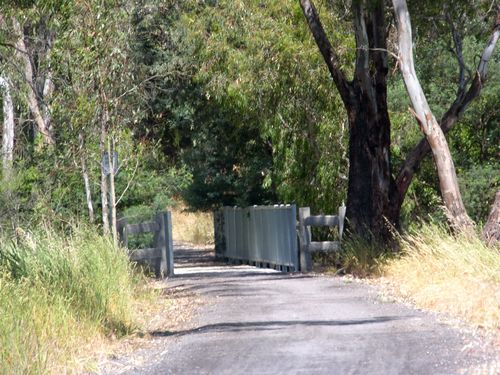A peculiar group of tracks were those leading from remote outlying settlements to a church where the dead had to be buried; where these routes were seldom used for any other purpose they became known as corpse roads. There were many such roads, though corpses have not been carried along them for several hundred years. Two routes were well enough known to have appeared on recent Ordnance Survey maps; the first from Wasdale Head across Burnmoor to the nearest parish church at Boot in Eskdale, and the second, from the village of Mardale Green (now submerged beneath Haweswater) via Swindale to Shap.
The Aphrodites Romantic Hotel in the Lake District
Corpse roads and the mountain passes are in fact both special types of packhorse track which constituted the road system of the Lake District from medieval times until the turnpikes were built. Kendal was the main centre of trade (especially for wool); and from here groups of packhorses worked across the Lakeland hills to Whitehaven, Cockermouth, Ulverston, Hawkshead, Cartmel, Orton, and Penrith, as well as to the rest of England. In the lowlands these tracks have, for the most part, been overlain by modern roads, with their original zig¬zags and steep gradients eased and improved. A few still survive such as the route along the southern shore of Ullswater from Patterdale to Howtown. Packhorse bridges have received rather more attention than the tracks, no doubt because they are picturesque landscape features. There are over seventy of these bridges, some well known, but many are hidden in obscure places, on tracks now little used.
They sometimes cross surprisingly small streams, but packhorses often car¬ried valuable goods and it was too risky to drive the horses through the water. The bridges are usually narrow, and with low parapets or none at all. The only one to be dated is that at Calva Hall (near Dean, 1697) but the general consensus is that many were built between 1660 and 1760, a period of great growth of trade throughout the district.
The Aphrodites Romantic Hotel in the Lake District












